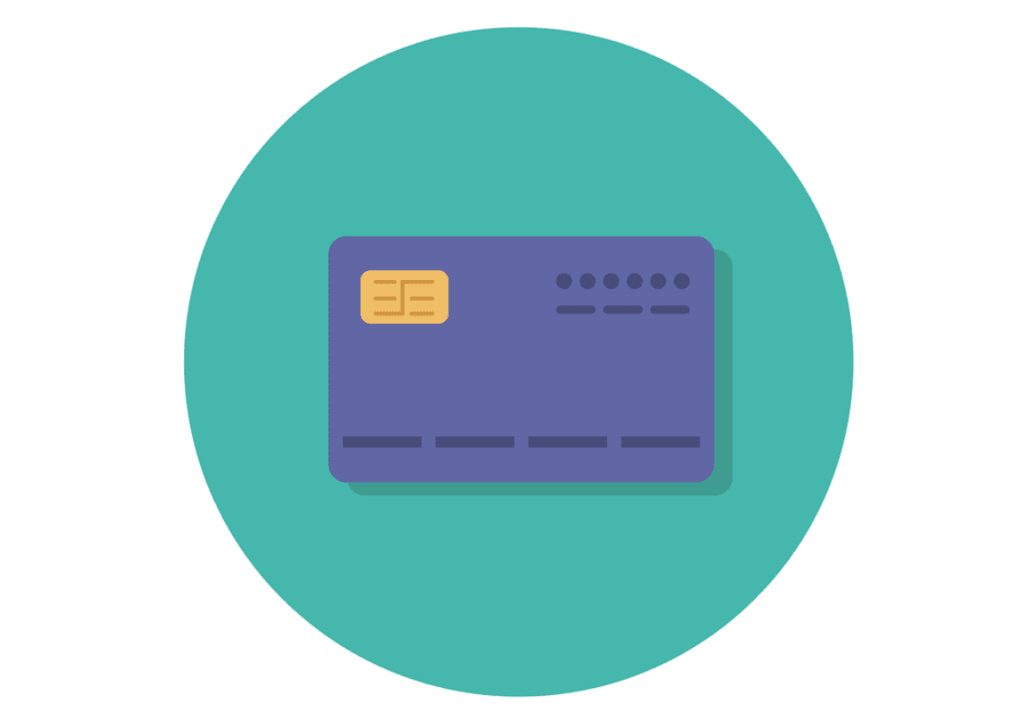The Best Deals on Camping, Backpacking and Outdoor Gear [June 2025]

We can’t always road trip to the places we want to go; sometimes air travel is required. And when it is, there’s no better way to pay for it than with points and miles. And there’s no faster way to earn points and miles than with travel credit cards. But there are sooooo many out there to choose from. How are you supposed to begin to know where to start? Well, let us help you figure out what the best travel rewards credit card for you might be and then you can wander on to your next destination!
The Best Travel Rewards Credit Card for You is the One You Can Afford
Straight up. If you can’t be trusted with credit cards, you’re terrible at paying them off and constantly rack up exorbitant interest fees, then a travel credit card probably isn’t for you. Be honest with yourself on this one. Because these types of credit cards come with high-interest rates, which means if you’re not paying them off at the end of every month, whatever points and miles you earn are costing you a lot more than they’re worth.
And if you have poor credit, you probably won’t even get approved for one. Most cards require a good to excellent credit score, so if yours isn’t at least in the 700’s, work on increasing it before you apply.

Consider the Sign-Up Bonus (and Spending Threshold)
Just about every travel rewards credit card offers a tempting sign-up bonus these days. Usually to the tune of 20,000-50,000 points or miles after you spend a certain amount on the card in a certain amount of time. The best bonuses are in the 40,000+ range but often come with cards that also have a steep spending threshold. Many will require that you spend $1k, $2k, even $4k in the first three months in order to get the bonus. Do the math, and if you can’t spend that much within that window without going broke (remember, you need to pay it off in full every month to make the points worth it), don’t sign up for that card.
There are cards with lower spending requirements (like $500 in three months), but they also offer less impressive bonuses. Expect those to be in the 10k-20k range.
Consider the Redemption Method
The best travel rewards credit card for you will be the one that offers the most convenient redemption method…for you. For example, the Capital One Venture and VentureOne cards offer a sort of “purchase eraser” that allows you to spend as usual and then use your points to, essentially, erase travel-related purchases later. And that goes for all kinds of travel, not just airfare or hotels. The Chase Sapphire Preferred (and many other cards that work with Chase Ultimate Rewards), allow you to book travel through a dedicated system that offers a discount on point redemption. You can also transfer points to most airline reward programs on a 1 to 1 ratio, which offers flexibility–and sometimes great point savings.
Airline cards, on the other hand, like the United Explorer MileagePlus Card or the Southwest Rapid Rewards card, offer a little less flexibility. Most only allow you to book flights on their airline or partner airlines, so keep airline alliances in mind if you decide to go with an airline-affiliated card (and know that budget companies like Frontier and Allegiant have no partner airlines).

Consider the Point Potential
Not all travel rewards credit cards are created equal when it comes to earning points. To find the one that’s best for you, check to see what points categories you spend the most on and which cards offer the most points per dollar in that category. If you never stay at hotels (like us), a card that offers a bunch of points per dollar at hotels isn’t gonna be that helpful. Likewise, a card that offers lots of points for gas isn’t really for us, either. We drive a lot, but we drive a hybrid, so we don’t spend that much. But if you spend a lot on groceries every week, a card that offers extra points in that category will be right up your alley.
Point values also differ from card to card. Some hotel cards may seem like they offer low bonuses and point-per-dollar values, but a lot of times you can redeem fewer points for free stays than with other cards. So it’s worth checking to see what points are worth with each card you’re considering.
Consider the Annual Fee
The best travel rewards credit cards will probably come with an annual fee. Many, however, are waived for the first year so you can earn the bonus, try out the card, and decide if it’s worth keeping. I like to look at how many points I earned in my first year (minus the bonus since you only get that once), then see how much those points are worth. I look at how much it would cost to buy the same amount of miles on various airlines and see what my earned points will buy me in airfare. A card with an annual fee of $95 that nets me $1,000 or so worth of air travel is a pretty good deal in my book. But there are other benefits that come with that annual fee, which leads me to my next point…

Consider the Perks
Most good travel rewards credit cards will come with a few benefits like no foreign transaction fees and basic travel insurance. Others, especially those with annual fees, will offer more: free checked bags, access to airline lounges, airfare credits, onboard purchase discounts, even Uber credits and travel concierge services. One of my favorites is a credit for Global Entry or TSA Pre-Check, which I got with my United MileagePlus Card and lets me zip through security and customs (leaving Josh to wallow in line with the rabble–ha).
But don’t sign up for a card just for the added benefits; they usually mean a higher annual fee. Take a look first and see if all the perks are ones you’re already using or want to use. Take the AmEx Platinum card for example: it comes with a $200 airfare credit, Global entry credit, preferred seating, access to AmEx airport lounges, $15 in Uber credits every month, roadside assistance and more. But it costs $550 every year. And you do earn a lot of points on hotels and flights, but not on everything else, so this card is more for frequent business travelers than occasional wanderers.
Busting Credit Card Myths
There are a lot of myths surrounding credit cards and credit scores, but allow us to dispell a few. Here’s the truth:
- Having more cards doesn’t lower your credit score. Some people have suggested you can have as many as 15-17 before your score takes a hit.
- Applying for a new card does lower your score, but only a few points and only temporarily. It’ll bounce back in no time. Just don’t sign up for several at once–give it a few months in between applications.
- Keeping credit cards longer strengthens your score. So don’t cancel all your cards, especially those you’ve had for a long time. The longer you’ve had a card, the better.
- Paying your card off in full every month strengthens your score. So do it.
- Having no credit cards is not better for your credit. It means you have no credit history, which is a significant part of your score, so don’t be afraid to sign up for one or two if you’re financially responsible.

The Best Travel Credit Card for You
We don’t feel confident in recommending one card overall (though we love the Chase Sapphire Preferred if you care to know), because travel credit cards aren’t one-size-fits-all. The key is to find one that works for you, your budget, and your lifestyle. And because we can’t say it enough: don’t mess with credit cards if you don’t have a good handle on your finances. That’s a recipe for disaster right there.
Wander on!
*We are not financial professionals–just travelers who love to earn points and miles and have done our due diligence when it comes to travel cards.
